Lost in Translation? Rather, Beyond Translation.
To borrow the term: I was ‘omotenashi-ed!’ And, not just once!
The Japanese language is wrought with words that escape translation…many of them so unique in their appreciation for nature, human frailty, and beauty that their mere existence encapsulates what is so magical about this country and its people. One of my favorites and one that is, unfortunately, catching on in hipster, Whole Foods-esque, self-help vernacular is “wabi-sabi”. A full paragraph would be needed to fully get the gist but, in other words, quite simply finding perfection in imperfection. Pretty nice, right?
A new one that I learned during my Hoshino pilgrimage is “omotenashi”. A savvy Japanophile, in other words, a “shinnichi”, will recognize this term as a cornerstone to the pitch that won Tokyo the 2020 Olympics.
The difference between service and omotenashi
Explaining a vacation in Japan is difficult. The food = amazing. The culture = incredible. The people = beautiful. All horrible descriptors but, let’s face it … it’s a tough one to do justice. But here’s one for you. The service = omotenashi. On the contrary, omotenashi is not “service”. Service is done with the expectation of something in return. Namely, a tip! Omotenashi, however, comes with no expectations in return.
It simply means “a spirit of selfless hospitality”. This says it nicely; however, it was much more eloquently embraced by our host at Hoshino: “We wish to read and respond to our guests by observing their actions. To watch verbal and non-verbal communication (as the Japanese are so famous for) and anticipate needs by acting without being asked. In western resorts, the staff is waiting. We will be more proactive and pay very close attention and not wait to be asked to provide the best service and experience possible.”
I hadn’t taken my second step onto the Kai Alps property before I was ‘omotenashi-ed’.
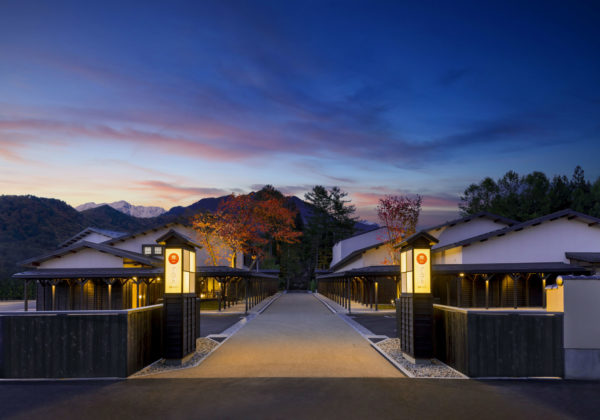
The pilgrimage through the Hoshino brands continues…
Is there a resort-wide dossier on Mr. Roberts? “Hello, Mr. Roberts. This must be your friend, Jeremy. Is your other friend from Colorado not joining you?” Those were the first words uttered by our welcome host. Just the night before, a friend of ours happened to join us at Omo5, Hoshino Resorts newest concept in the Otuska neighborhood of Tokyo. We all made some quick introductions with the staff as we departed. Somehow, this made it into my file.
Yukata be kidding me! I love this.
Kai Alps, like other Hoshino resorts, seeks to impart aspects of the traditional Japanese inn but with a greater focus on luxury and, of course, the hot spring or “onsen”. A stay at a ryokan is distinctly Japanese. Some may argue that the Hoshino version is a little too upscale when compared to rural ryokan. I have found, without exception, that the Hoshino properties and hospitality are without comparison; they come complete with tatami mats, custom made futon mattresses and, of course, the yukatas!
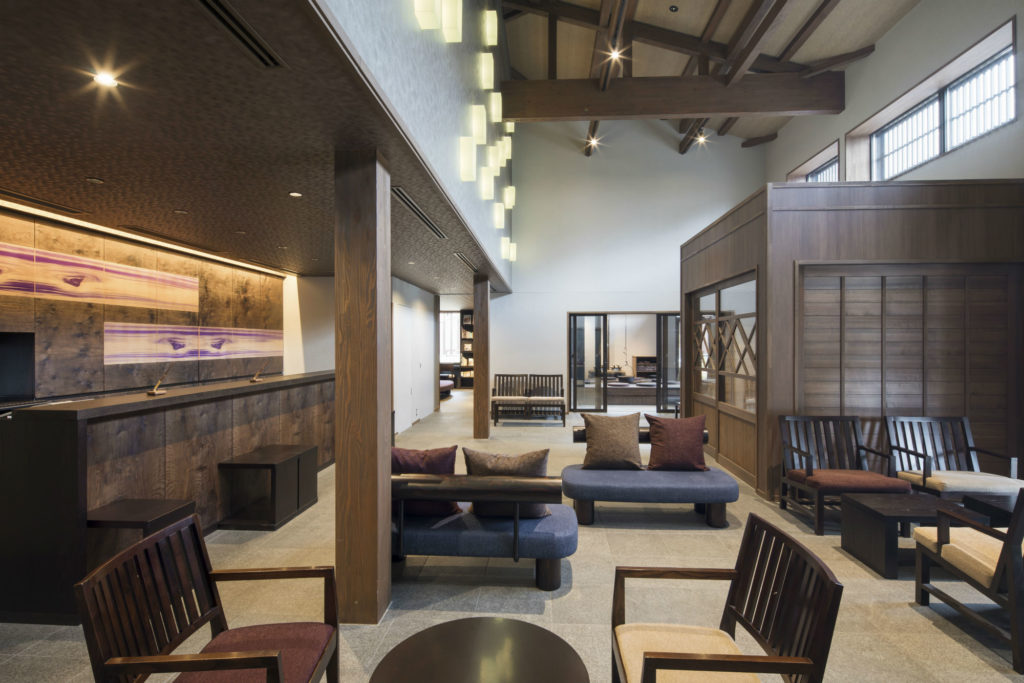
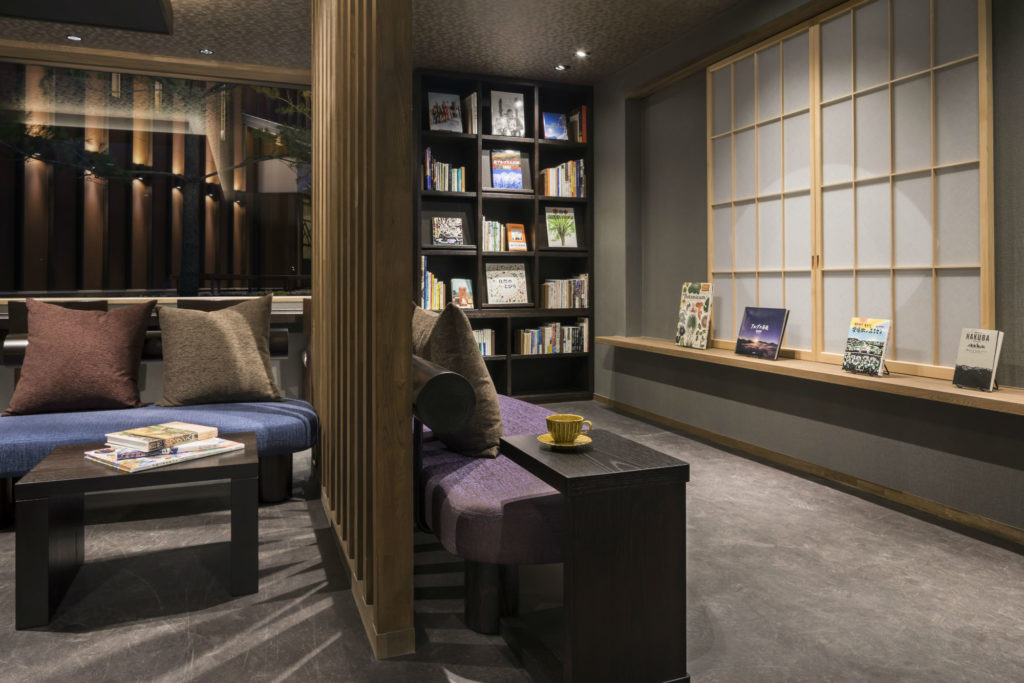
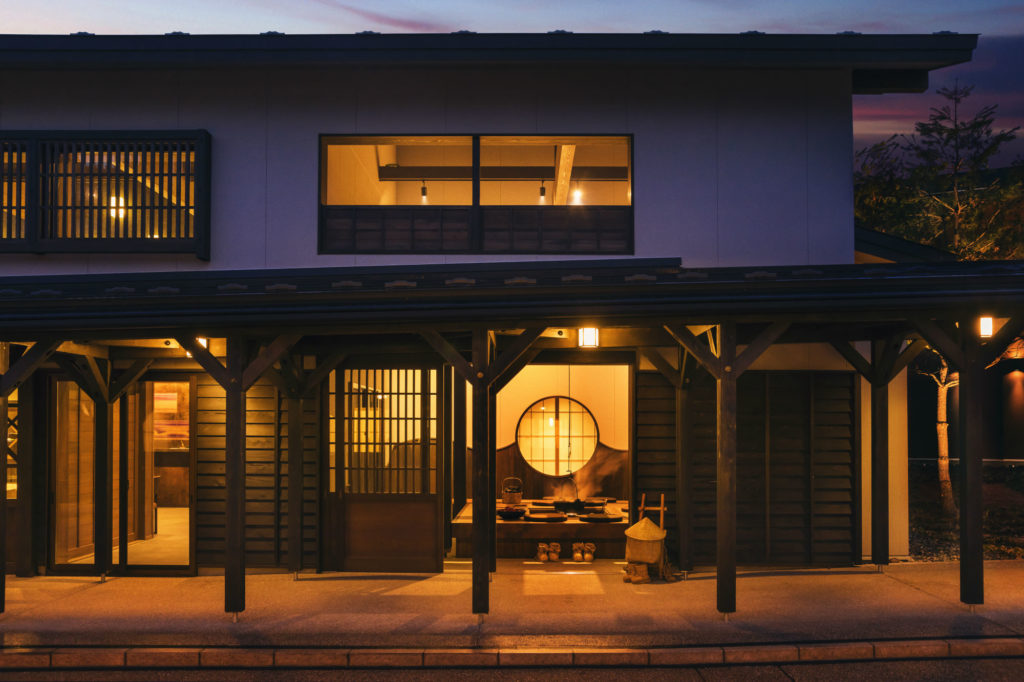
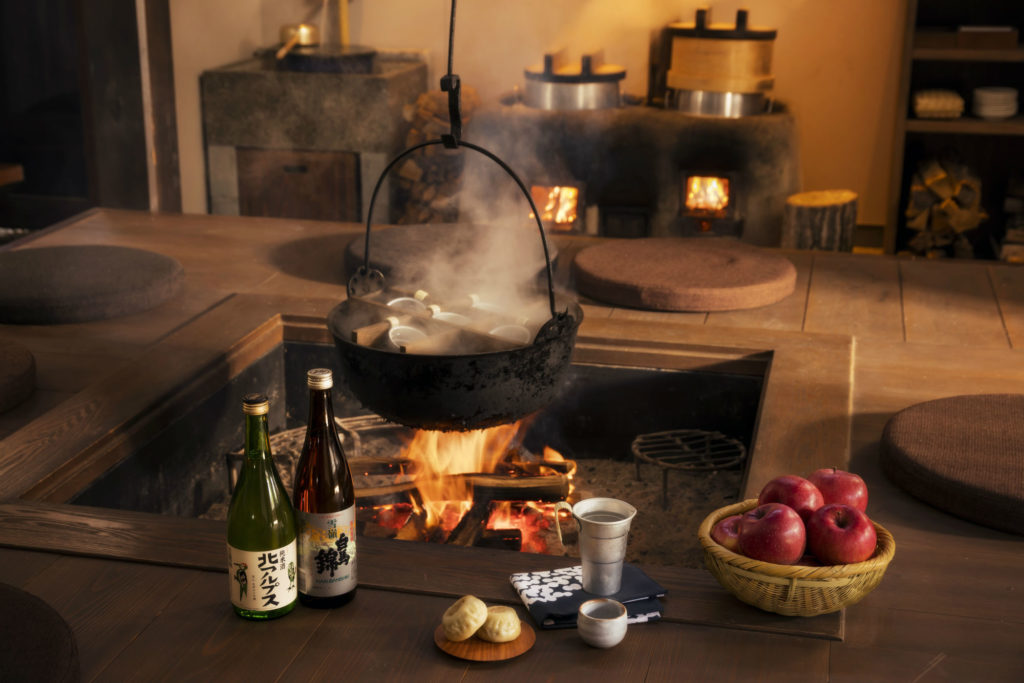
There is something about wearing yukatas. It’s basically Japanese-resort ‘leisure wear’ that everyone on property dons inside and outside of the guest room. Not the type of practice you find in NYC. Once you put it on, you oddly feel part of the performance and don’t want to leave.
Not bored. Half Board.
A Zazen master once said that boredom is a state of inattention, losing connection to the present. Everything is attended to perfectly at Kai Alps…and, with uncanny timing. Perhaps, most impressive, is the food which is served kaiseki-style in a sequence of small eloquently prepared courses. Flavors, intricacy, and creativity are the embodiment of culinary omotenashi.
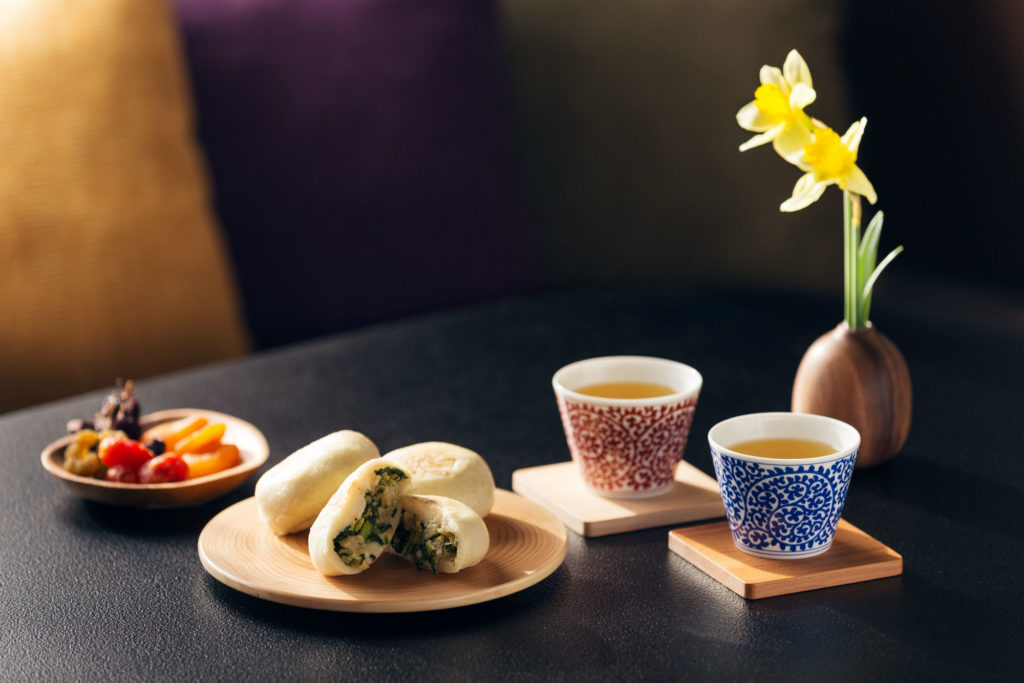
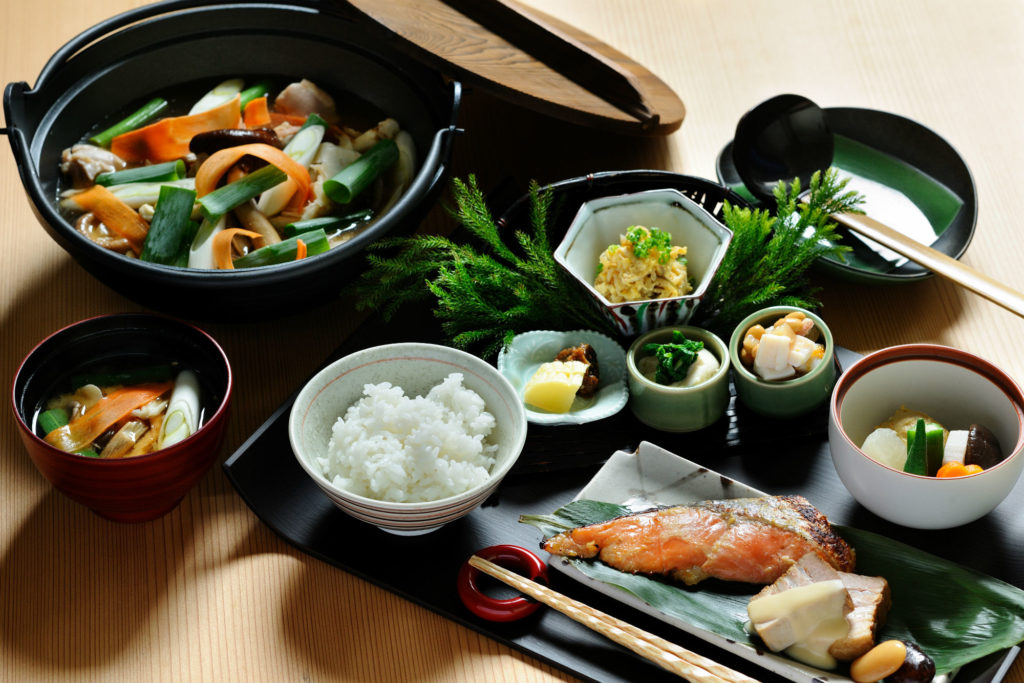
The Nagano prefecture is known for its rice, in other words, sake. The rumor is, when imbibed at high quality, the drinker will avoid a hangover. Not sure about that. Within moments of sitting at our first meal, we were greeted with, “Good evening Mr. Roberts. I was told you were enjoyers of Japanese sake. If I may, I would like to make some recommendations?”
Omotenashi-ed, yet again!
After 10 courses and 6 sake tastings, it was time for the onsen and one of the most restful nights of sleep I have ever experienced. How did I feel the next morning? Honestly, pretty darn good!
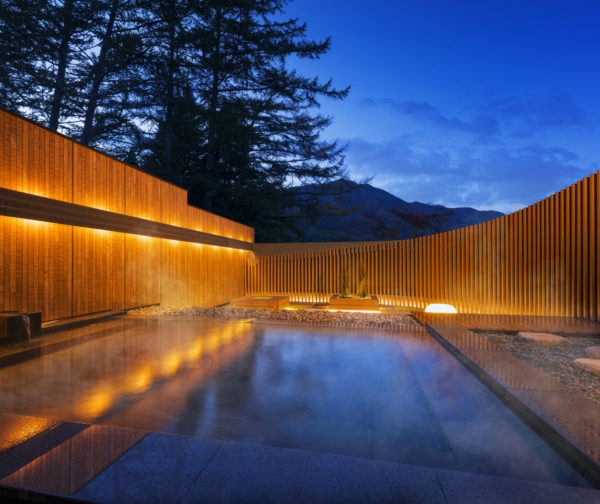
Ullr! You have forsaken me.
Epic winter…rain. ugh
Luxury aside, we were there to ski. Kai is located about 20 minutes from the vast resorts of Hakuba in the Japanese Alps. However, the weather was not on our side. It kept trying to snow, but rain persisted. After a traditional – and mouth watering – Japanese breakfast, we headed out to give it a college try.
Hakuba is an interesting place. For the Colorado native looking for something different, quirky and funky, this is the place. It certainly has the look and feel of a former Olympic venue. The terrain is impressive. Some of it was downright scary awesome! “Epic” has special meaning to those in Aspen. This term is not tossed around lightly. We were told 90% of the days used to be epic; now, it’s more like 60%. Colorado is coming off its worst season in 40 years; in the winter of 2018/2019, the snowpack is at 130%. Let’s hope things turn around for Hakuba, but, 60% epic is still impressive.
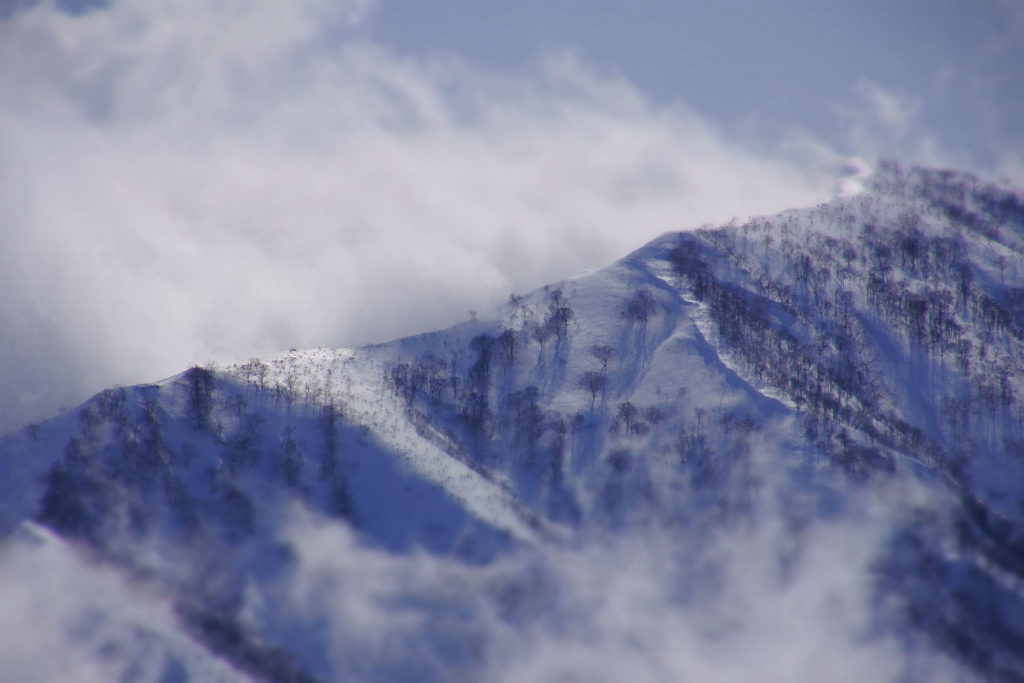
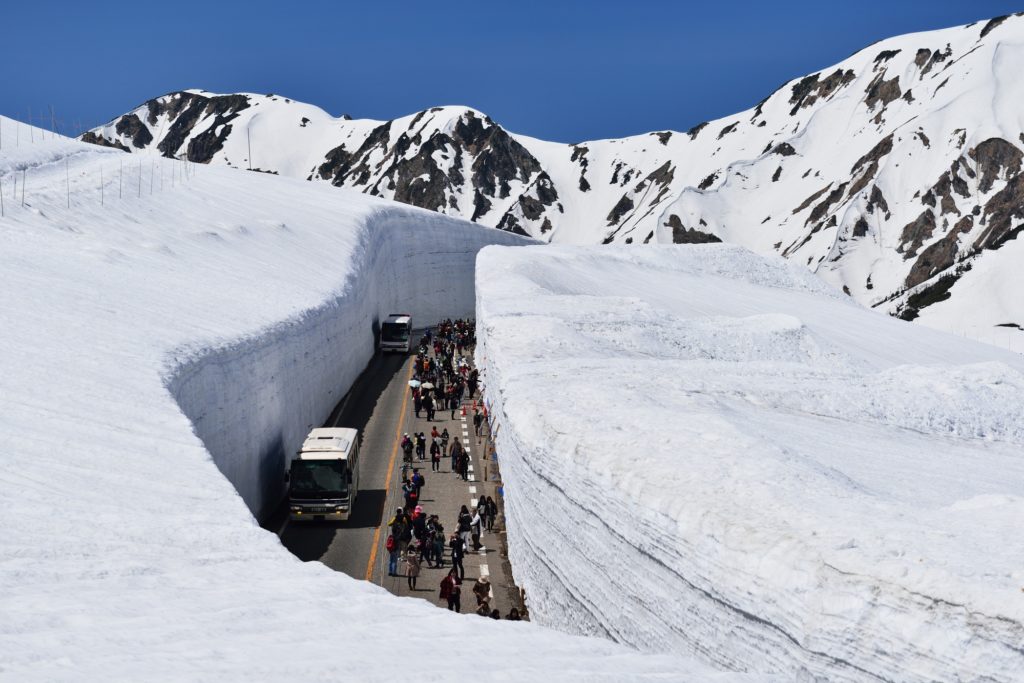

You must first leave in order to come back.
There appeared to be some newer, upscale chalet-type of accommodation in Hakuba, but it was clear the best lodging was back at Kai Alps. The “problem” with Kai is that you do NOT want to leave to go anywhere else. At various points in the day, rice porridge, dumplings or warm local sake is served in the “irori”, a traditional sunken hearth. Sometimes these delights are served outside in a “kamakura”, the Japanese version of an igloo. Then, of course, there is the onsen. To make matters even more captivating, we had a private onsen in our room!
Perhaps having poor skiing conditions was a god-send!? No doubt, when typical conditions exist, even the most jaded and fickle skier would be blown away by Hakuba. I just wanted to get back to Kai. So that is what we did! Onsen, kaiseki, onsen, sleep. What better plan?! Our only issue would be waking from an early evening nap/coma for our last kaiseki dinner.

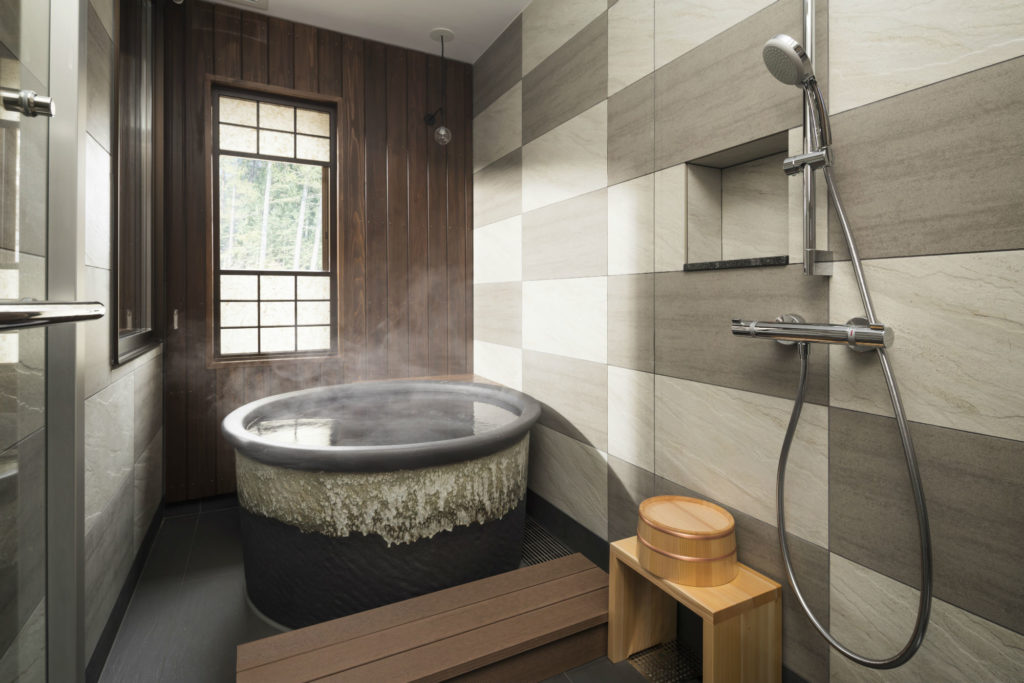
Where satisfaction ends, and loyalty begins
We were directed to our table; along with the elegantly presented menu were several small scrapbook pages. In the moment it took to sit down and inspect them our waitress from the night before appeared: “I thought you might like to have some souvenirs and, perhaps, use these to start a sake journal. Here are all the labels from the bottles you enjoyed last night”.
Unreal.
Not to be outdone, dinner impressed as well. I wish I knew a word to accurately express what it was like to have a cotton candy igloo placed in front of you only to have it reveal a simmering sukiyaki hot pot. Just as the night before, it was preceded, and followed by, eight little masterpieces. After another 4 bottles of sake, we were headed back to the onsen one last time but not before we were given pages 7-10 for our scrapbook.

Unfortunately, in the morning it was time to depart for our next Hoshino destination – the much anticipated Hoshinoya Fuji. It was a bit of a journey to get there. We were weighing several different options as we were enjoying our dinner. Upon our departure: “Mr Roberts, if I may? I took the liberty of writing out the various train schedules for your journey tomorrow. We looked at several different options for you and have written them down here.”
Got me. Yet again.
Credits:
Hospitality by Hoshino Resorts
